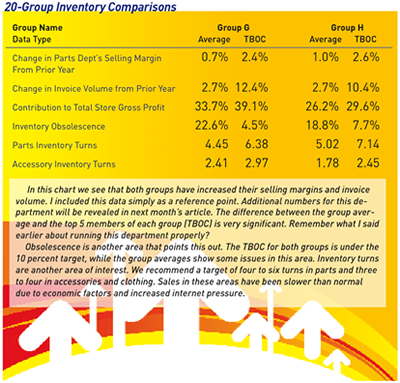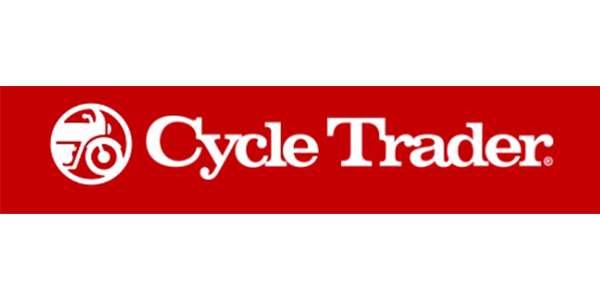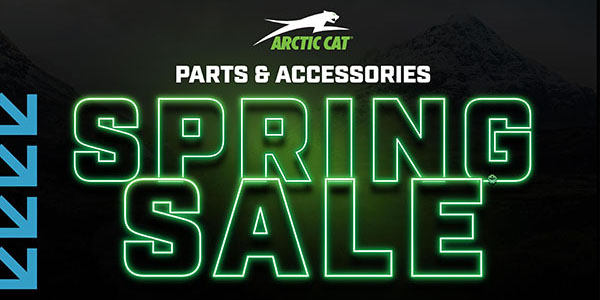 Many dealers feel the operation of the parts, clothing and accessories (PC&A) department is a no-brainer. Stock some parts and accessories, set up a counter, open your doors, and customers will buy the stuff. In reality, this many-faceted department represents the highest gross margin potential in your dealership. When operated properly, the profit from this department can absorb the majority of the overhead for the entire dealership. This is critical when unit sales are down, and it makes a huge difference to the bottom line when sales are up.
Many dealers feel the operation of the parts, clothing and accessories (PC&A) department is a no-brainer. Stock some parts and accessories, set up a counter, open your doors, and customers will buy the stuff. In reality, this many-faceted department represents the highest gross margin potential in your dealership. When operated properly, the profit from this department can absorb the majority of the overhead for the entire dealership. This is critical when unit sales are down, and it makes a huge difference to the bottom line when sales are up.
On one hand, this department is about managing inventory. This would include such things as ordering and stocking (taking seasonality, programs, budgets and demand into account), maintaining inventory accuracy, controlling profitability (minimizing discounting, using the programs) and reducing obsolescence (monitoring slow sellers, using the send-back options, getting rid of non-movers, etc.).
On the other hand, it is about things like merchandising (walls, windows, floor displays and counters), marketing (primarily advertising and promotions) and the real biggie — selling (face-to-face, email, web and phone).
Both of these “hands” require certain skillsets to be effective. It is the job of the parts, accessories and/or clothing manager(s) to hire and train the right people and orchestrate and control all of this to obtain optimum results in sales and profitability.
As with any department, the budget is a very important factor in department operations. Within the department budget is the inventory budget or “open-to-buy” system. This controls the dollar amount that is available for stocking inventory. At its simplest, it has separate dollar amounts for the categories of hard parts, clothing (or apparel) and accessories” In the H-D world, these might be parts, MotorClothes, general merchandise and accessories. Most parts managers will break these into smaller sub-categories like jackets, helmets, boots,” etc. The process is pretty simple — if there are no dollars available (open-to-buy), something has to be sold before something else can be ordered.
Inventory accuracy is primarily controlled by inventory counts. The best method I have found is called cycle counting. This is a process where a small section of inventory is counted every day. The accepted standard is to create bin sizes that can be counted in an hour and count at least one each day. Bins can be either geographical (fixed location) or categorical (displays that may change location such as jackets or helmets). The goal is to count the entire inventory four to six times a year. This greatly increases inventory accuracy and reduces the potential for shrinkage. According to studies, over 70 percent of shrinkage can be attributed to employee theft or employee errors. Secondary methods include periodic manager or owner spot-checks of 25 numbers selected at random. Inventory accuracy should be 97 percent or better.
One of the biggest mistakes I see during dealership on-site assessment visits is that too many employees are given the ability to change part quantities; too many people with this capability creates opportunities for mistakes or theft.
Reducing/controlling obsolescence consists primarily of running the following reports on a monthly basis: slow movers (no sale for six months – accounting for seasonality) and non-movers (no sale for 12 months). Non-seasonal slow movers should be reduced; non-movers should be eliminated from your inventory as quickly as possible. Send them back to the supplier, put them on sale at drastically reduced prices, sell them on the Internet, donate them to a charity (clothing) or a tech school (parts and some accessories) or drop them in the dumpster. If you take a write-down on this inventory but keep it, you must put it back in inventory to sell it. The goal is to keep obsolescence below 10 percent.
I hope you have found this to be an interesting and thought-provoking look at the inventory management part of the PC&A department. If you haven’t been applying the procedures I discussed, I encourage you to do so.
Steve Jones, GSA senior projects manager, outlines dealership best business practices to boost margins, increase profitability and retain employees. His monthly column recaps critical measurements used by the leading 20-group dealers. GSA is recognized as the industry’s #1 authority on dealer profitability.
Access to the new Voyager 5 data reporting and analysis system is available for any dealership for nominal fee.
For more information on GSA’s data reporting system, dealer 20-groups, on-site consulting or training, email [email protected] or visit www.gartsutton.com.













